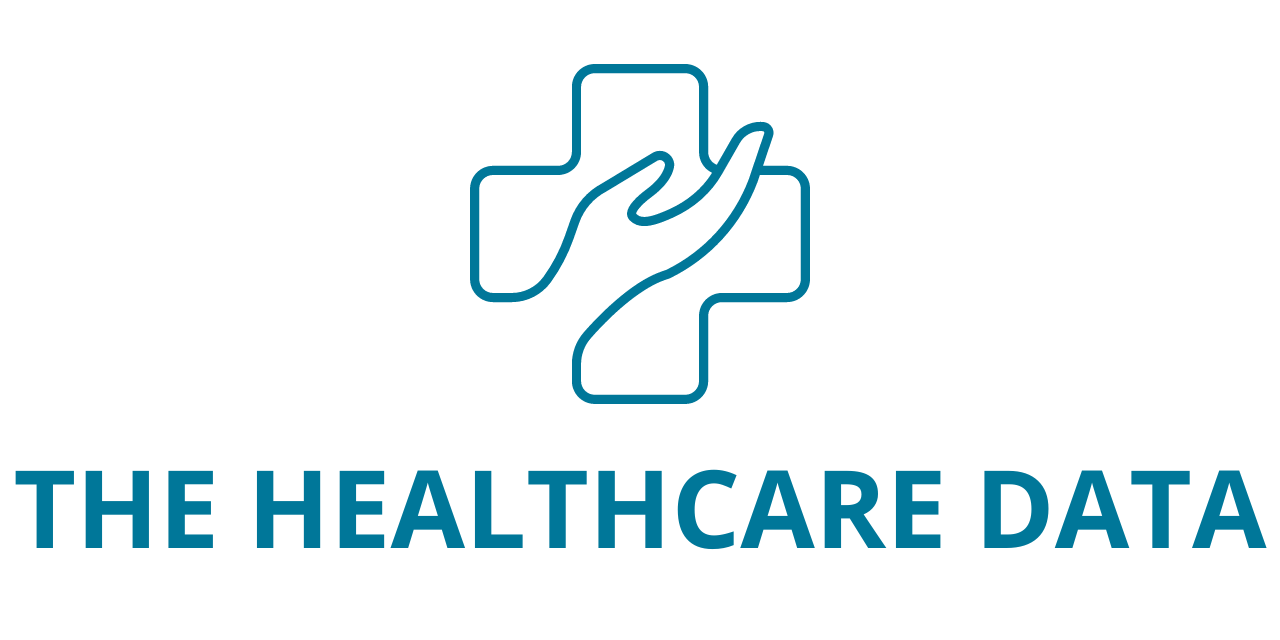UroGen Pharma Ltd. (Nasdaq: URGN), a biotech firm focused on pioneering treatments for urothelial and specialty cancers, has unveiled findings from a fresh examination of the ATLAS trial. This analysis employs Kaplan Meier techniques to gauge the likelihood of sustained complete response among patients with new and recurring low-grade intermediate-risk non-muscle invasive bladder cancer (LG-IR-NMIBC) after receiving the investigational drug UGN-102 as initial therapy, with or without subsequent transurethral resection of the bladder tumor (TURBT), over a 3-month period.
“These compelling findings shed light on the potential of UGN-102 as a nonsurgical primary treatment for low-grade intermediate-risk bladder cancer,” said William Huang, M.D., Urologic Oncologist, Professor, and Vice Chair of Urology at NYU Grossman School of Medicine. “These data are an encouraging step forward in addressing the broad spectrum of LG-IR-NMIBC and potentially curbing the high rates of disease recurrence associated with it.”
In the Phase 3 ATLAS study, 282 patients with new or recurrent LG-IR-NMIBC were randomized to primary treatment with UGN-102 ± TURBT or TURBT alone. Disease-Free Survival (DFS) and Duration of Response (DOR) favored primary treatment with UGN-102 ± TURBT compared to TURBT alone in the overall study population. Complete response (CR) rates at the 3-month disease assessment were similar in both arms. While DFS and DOR rates were previously shared for both arms of the study, these are the first data specifically looking at the rates among new and recurrent patients within the UGN-102 ± TURBT arm. In this analysis using Kaplan Meier methods, DOR at 12 months after achieving CR at 3 months was 87.5% and 69.1% in new and recurrent patients, respectively. Also, patients achieved similar probabilities of DFS rates for UGN-102 at 15 months from randomization (77.4% and 63.2% in new and recurrent patients, respectively).
“These insightful data underscore the potential of UGN-102 impacting the treatment landscape for LG-IR-NMIBC,” said Mark Schoenberg, M.D., Chief Medical Officer at UroGen. “Our aim is for UGN-102 to emerge as a non-surgical option for LG-IR-NMIBC, potentially sparing patients from the complexities and burdens associated with repetitive surgeries, including their inherent risks, side effects, and substantial impact on both individuals and healthcare systems.”
Topline data from both the ATLAS trial and the Phase 3 ENVISION trial were initially shared in July of 2023. Twelve-month DOR data from the pivotal Phase 3 ENVISION trial are expected in June 2024.
About UGN-102
UGN-102 (mitomycin) for intravesical solution is an innovative drug formulation of mitomycin, currently in Phase 3 development for the treatment of LG-IR-NMIBC. Utilizing UroGen’s proprietary RTGel® technology, a sustained release, hydrogel-based formulation, UGN-102 is designed to enable longer exposure of bladder tissue to mitomycin, thereby enabling the treatment of tumors by non-surgical means. UGN-102 is delivered to patients using a standard urinary catheter in an outpatient setting. Assuming positive findings from the durability of response endpoint from the ENVISION Phase 3 study, UroGen anticipates completing its New Drug Application (NDA) submission for UGN-102 in September 2024 with a potential U.S. Food and Drug Administration (FDA) decision as early as the first quarter of 2025.
About Non-Muscle Invasive Bladder Cancer (NMIBC)
In the U.S., bladder cancer is the second most common urologic cancer in men. LG-IR-NMIBC represents approximately 22,000 newly diagnosed bladder cancer patients each year and an estimated 60,000 recurrences annually among patients diagnosed from previous years. Bladder cancer primarily affects older populations with the median age of diagnosis being 73 years and an increased risk of comorbidities. Guideline recommendations for the management of NMIBC include TURBT as the standard of care (SOC). Up to 70 percent of NMIBC patients experience at least one recurrence, and LG-IR-NMIBC patients are even more likely to recur and face repeated TURBT procedures.





